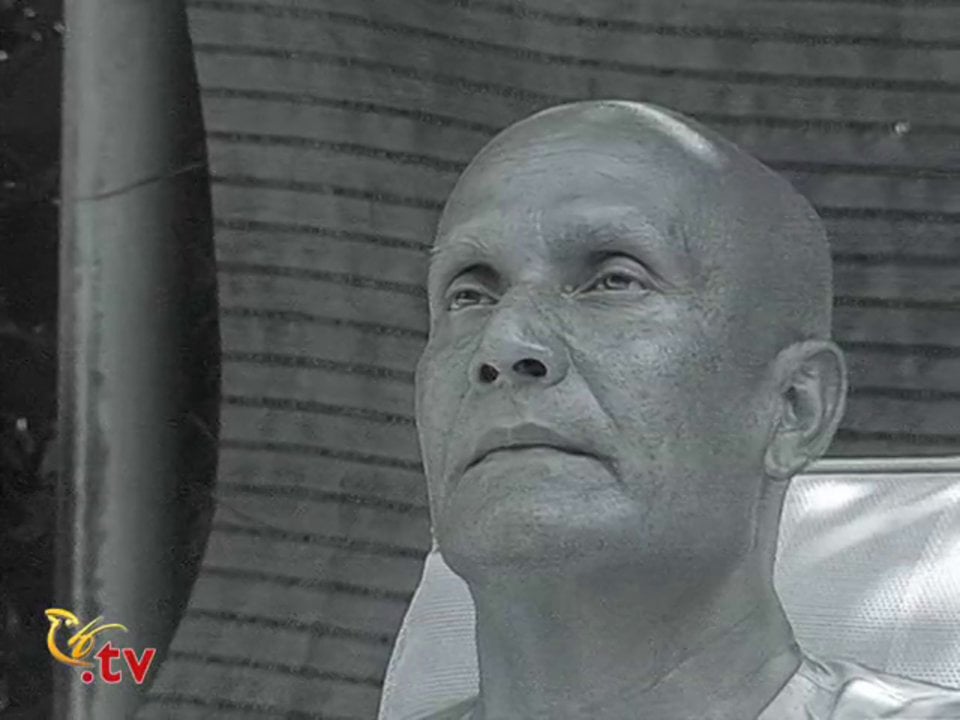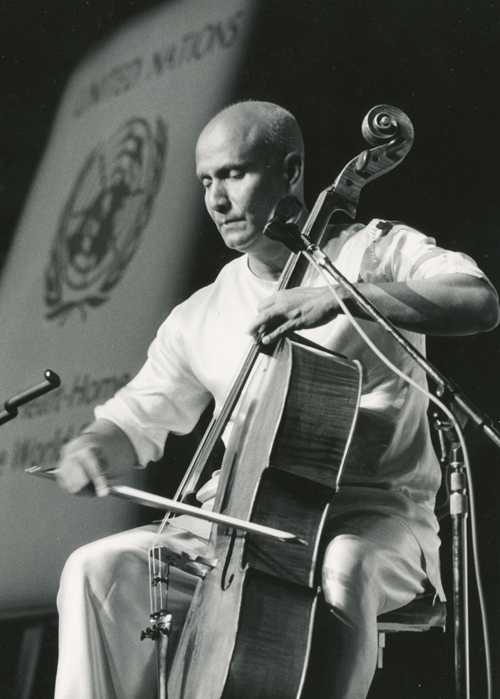-
Embed »
-
Download »Close »
- Comment »
In these videos Sri Chinmoy explains as well as demonstrates the different types of samadhi (an advanced state of meditation sometimes referred to as contemplation). Sri Chinmoy explains the different forms including savikalpa, nirvikalpa and sahaja. The videos are downloadable by clicking on their titles.
“Samadhi is an exalted and glowing state of Consciousness, whereas realisation is a conscious, natural and manifesting state of Consciousness.
In Savikalpa Samadhi there are thoughts, ideas, but they do not affect the most advanced seeker or the Yogi. The Yogi remains unperturbed. He functions in a dynamic and confident manner.
In Nirvikalpa Samadhi, nature’s dance stops. There is no movement. Everything is tranquil. The Knower and the Known have become totally One. The lover and the Beloved have become One. The Yogi enjoys a supremely divine, all-pervading, self-amorous ecstasy.”
Sri Chinmoy, Earth’s cry meets Heaven’s smile, part 2, Agni Press, 1974
A demonstration of samadhi
Questions and answers
- For how long can a realised soul remain in savikalpa samadhi?
- Could you explain the difference between Samadhi and self-realisation?
- When one comes back from nirvikalpa samadhi, is he a normal man?
The samadhis
What is savikalpa samadhi?
Savikalpa samadhi
Is
The experience
Of Purity-sea
And
Integrity-sky.
What is nirvikalpa samadhi?
Nirvikalpa samadhi
Is
The experience
Of loftiest
Self-transcendence.
What is sahaja samadhi?
Sahaja samadhi
Is
Reality’s message simplified:
Ignorance lost
Forever
And
Immortality won.
In the Cosmic Game
You discover
That you eternally and supremely are
What all along,
From time immemorial,
You have been
Helplessly and desperately
Aspiring to become.
–Sri Chinmoy, The Dance of Life, part 15, Agni Press, 1973
Sri Chinmoy on Sahaja Samadhi and Hinduism
Meditation-Silence 5: Concentration – Meditation – Contemplation
Related videos









